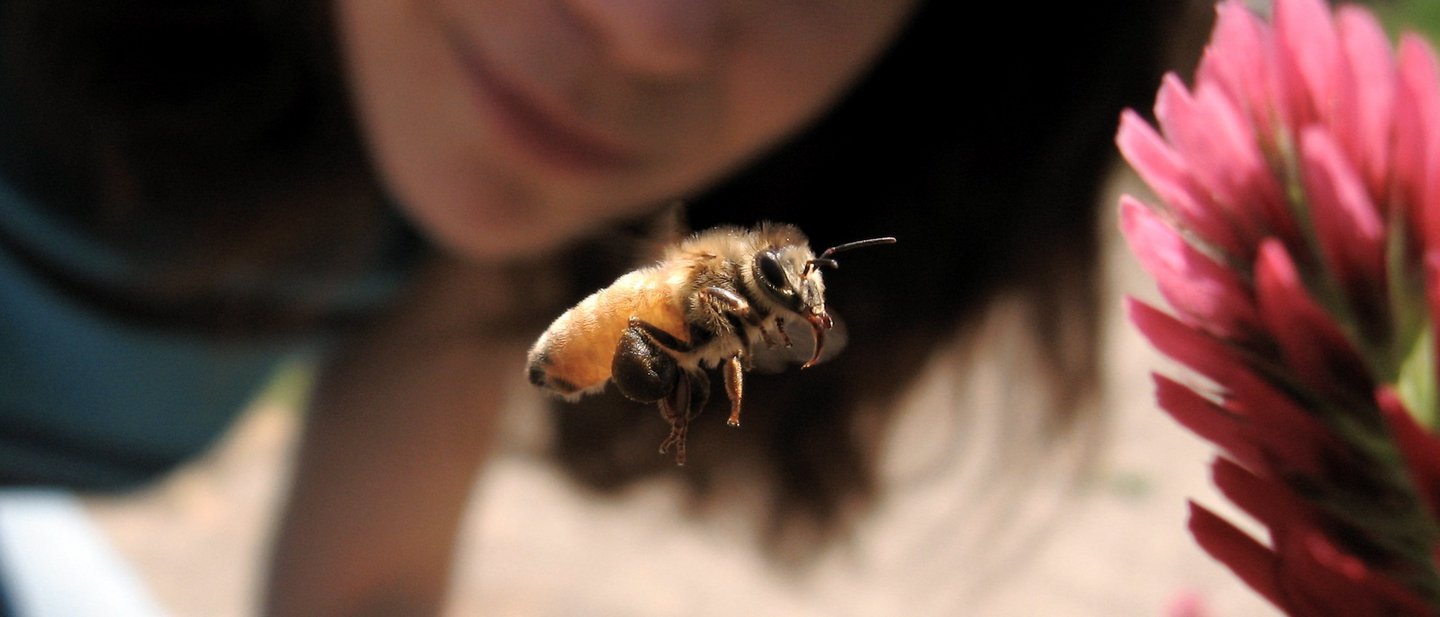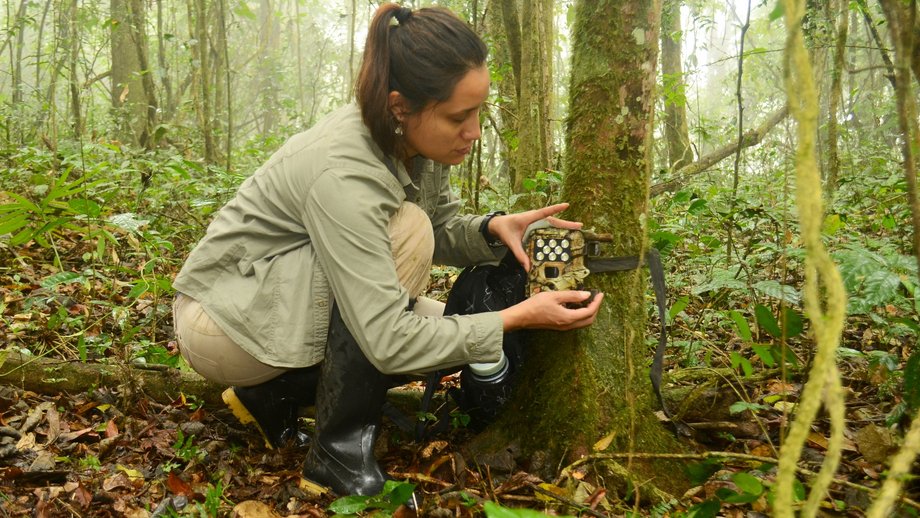The death of Sudan, the world’s last male northern white rhinoceros in 2018,1 served to focus minds around the world on a pressing issue: the critically endangered status of species around the world.
Sudan was born in the 1970s, when the rest of his species was being decimated by poaching that fed the demand for rhino horn in distant places. He left behind his daughter and a granddaughter. With no males left alive, the species is functionally extinct. While there are hopes that stored sperm, living females, and advances in IVF could help the species make a comeback, the death of Sudan – a “gentle giant,” according to those who knew him – was a shocking reminder of the ways in which human interventions have negatively shaped the world around us.
It is only fitting that we try to right the balance with all means at our disposal. In the fight to secure the futures of the world’s most threatened animals, technology can be a force for good. This includes the Internet of Things (IoT).
“There is a danger of trivializing the importance of the Internet of Things through examples that are used to stereotype it – for example, the ‘fridge that orders fresh milk,’” wrote Sir Mark Walport, the chief scientific adviser to the government of the United Kingdom at the time, in 2014.2 He went on to say that the IoT had the “potential to have a greater impact on society than the first digital revolution.”3 The IoT has grown exponentially since he wrote these words, and the underpinning technologies have gotten a lot better.
Let’s look at some ways in which his prediction from a decade ago is being shown to be true in the context of wildlife conservation. In order to do that, let’s first consider why the IoT is well-suited to this particular task.





